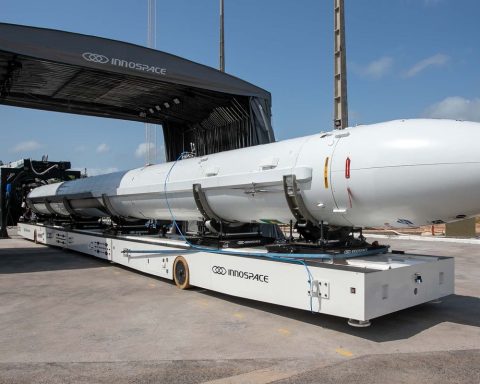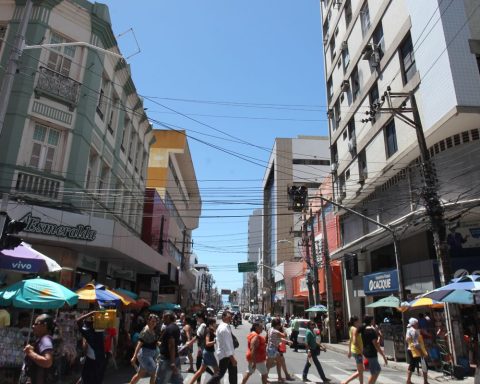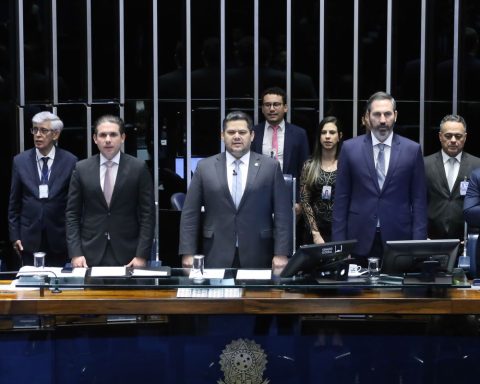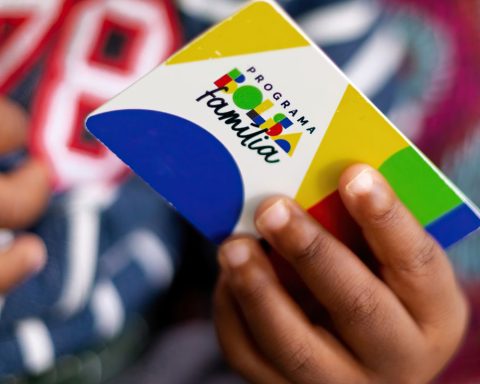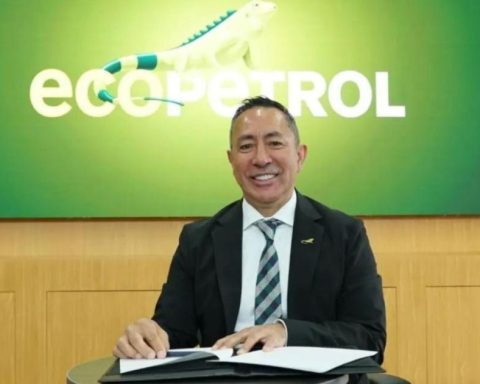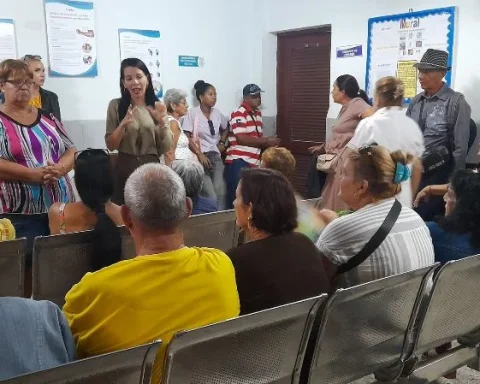The Paulista Museum, better known as the Ipiranga Museum, opens this Wednesday (25) another exhibition space, intended for temporary exhibitions. To mark the anniversary of the city of São Paulo, celebrated today, and also the inauguration of the new space, the museum opens the exhibition Memories of Independence.
The new exhibition at Museu do Ipiranga intends to dialogue with the public about the processes that led Brazil to declare independence from Portugal, discussing the myth that the fact occurred in isolation and in a single day, just as it was engraved in the imagination and how it was portrayed in the painting Independência ou Morte, by Pedro Américo [obra que foi restaurada recentemente e está exposta na parte mais antiga do museu, chamada de Edifício Monumento].
Memories of Independence gathers around 130 items related to the rupture process between Brazil and Portugal. The exhibition discusses the protagonism of São Paulo and the cry of the Ipiranga as an absolute landmark of independence and emphasizes that the rupture between the two countries was a long process, involving several characters and episodes that took place throughout Brazil.
Divided into two thematic axes, the exhibition features sculptures, paintings, photographs, architectural and pictorial studies, decorative objects, stamps, drawings, postcards, discs, movie posters and cartoons to illustrate the imaginary about the date.
The first of the thematic axes deals with the efforts to maintain the memory of Ipiranga as the place of the cry that inaugurated Independence. The role of Rio de Janeiro as the political headquarters of the Empire and the new independent monarchy was represented in paintings, engravings and by the monument to Dom Pedro I, the first great example of sculpture in Brazil.
In this axis, focused on the memories of the independence of Brazil, one can observe the different efforts that took place in the cities of São Paulo, Salvador and Rio de Janeiro in the sense of disputing the primacy of being the referential and symbolic center of the independence of Brazil, said historian Paulo Garcez Marins, one of the curators of the exhibition, in an interview with Brazil Agency.
There, it is shown how São Paulo, where independence was declared, Rio de Janeiro, where it was built, and Salvador, where the Portuguese were expelled and defeated on July 2, 1823, dispute this memory about the rupture of Portugal.
“São Paulo will be the stage for the concentration of these efforts by the authorities to make the Ipiranga monumental. on the centenary [da Independência do Brasil] it will happen once more, and finally at the bicentennial, too. The reopening and expansion of the Ipiranga Museum are part of this collective action by public and private agents and by society itself to reinforce Ipiranga as a symbolic place for the nation”, said the curator.
The second thematic axis highlights the memories related to the separation movements, such as the Pernambuco Revolution of 1817, the Confederation of Ecuador, of 1824, and the Farroupilha Revolution, which lasted from 1835 to 1845.
Marins added that there is still the axis Other Centenarians, which is aimed at understanding how these movements were commemorated. “We must imagine, therefore, that this understanding is of the independence processes and also of how they were remembered, signaling a very difficult, very contradictory, very tense construction of national identity that, in some way, shows its fractures even today.”
According to Marins, the exhibition will help to learn more about these events, thus bringing reflections on the future of the country. “We need to understand Brazil as a multiple, plural country. It is still a challenge for us to understand that we are the result of a long process of accumulation of populations, cultural practices, political tensions”, he said.
“Brazil is full of differences. Within society itself, the construction of our nationality is a difficult construction. These tensions that [a exposição] Memories of Independence signs drag on for two centuries in our national construction. Our human development index shows that Brazil is still a country not only full of differences, but also full of inequality. So, reflecting on these processes is to enable us to improve our country, make it more socioeconomically fair and, above all, give visibility and recognize the different agents and protagonists of our country”, he emphasized.
Marins defended everyone’s involvement in building a more egalitarian society, in building a perspective of transformation. “In this sense, I think history museums signal not only the difficulties of this process, but also social engagement, to build fairer levels for our society.”
new space
The new exhibition room, which did not exist before the museum was renovated, measures around 900 square meters and is located below the Monumento Building. As it is all air-conditioned – which did not occur in other parts of the complex, which is listed as a heritage site – this will allow the Museu do Ipiranga to finally receive works loaned by other museums. “The room did not exist. It was built along with the entire garden floor. It is an area that was gained towards the north of the old building, an area that was built for the bicentennial of Brazil’s independence”, explained the curator.
For the new exhibition, pieces were borrowed from 12 important cultural institutions and from private collections in the country. Among them, the Car with Cabocla Sculpture, by Domingos Costa Baião, work from 1846. The cabocla’s car is an object used in the parade on July 2, when independence is celebrated in Bahia. “At the exhibition, we are honored to have here the cabocla car and her own cabocla, which runs this route through the center of Salvador since 1840. It was a temporary assignment from the Historical Geographical Institute of Bahia. She has only been to São Paulo once before, at the Afro Museum.”
“Works from the Júlio de Castilhos Museum, in Porto Alegre, also came. We also had important loans from the Antônio Parreiras Museum, in Niterói, which is closed to the public for works. We also have paintings that came from the National Museum of Fine Arts and the Pinacoteca do Estado”, added Marins.
“From the Pinacoteca, it is a pleasure to have here in the museum, for a few months, a painting that represents the hill of Ipiranga as it was before the major renovations for the centenary of 1822, with the monument at the top and the representation of a full ravine of dirt roads in front, as the region was effectively [na época]”, said the curator.
Another highlight of the exhibition are the original drawings by the painter Pedro Américo, with sketches for the construction of the characters in the painting. Independence or death.
Memories of Independence it will be on display until March 26th, and admission is free. The visit can be booked in advance at site from the museum. Some passwords are also being distributed on site, according to room capacity.
The use of a mask is mandatory on site.


